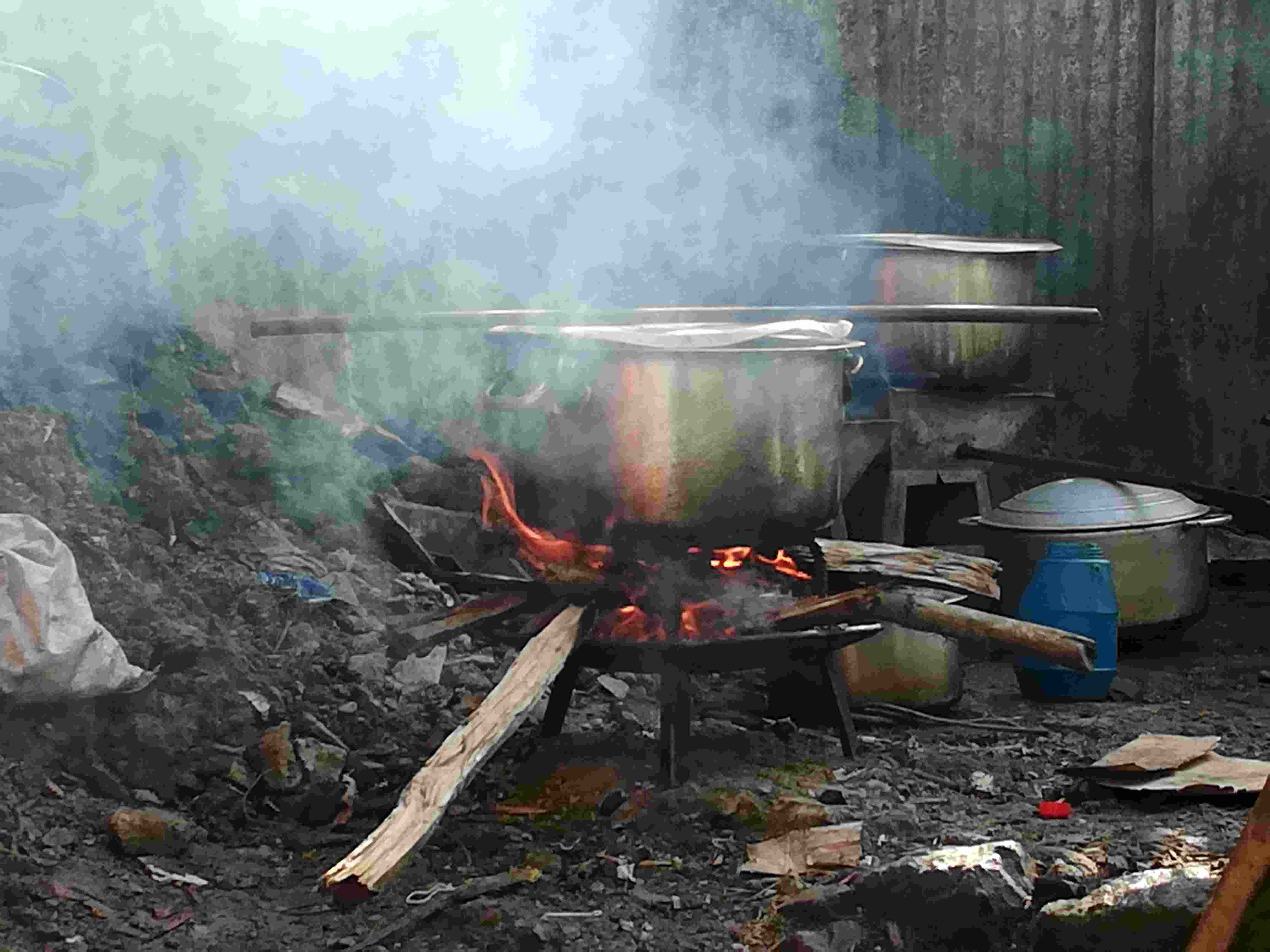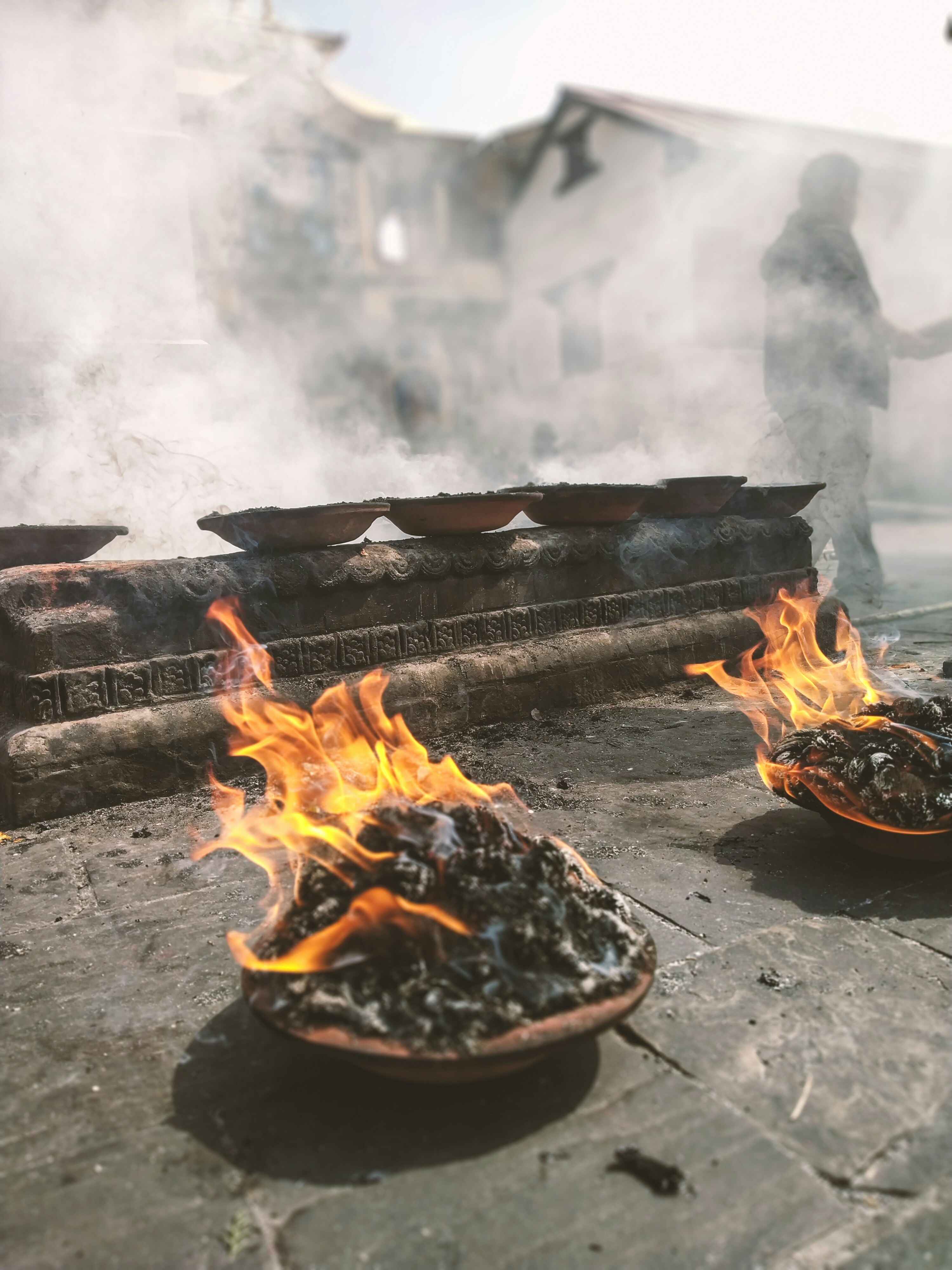Share this Article
In Nepal, hospitality is deeply ingrained in the culture, and the ceremonial welcoming of guests is a reflection of the nation's long-standing tradition of warmth, respect, and generosity. The way guests are received in Nepali homes, temples, and during festivals varies based on the occasion, location, and the individual's social status. However, the core principle of showing respect and offering a gracious welcome remains unchanged across different regions and ethnic groups. This practice is not only a social custom but also an expression of hospitality that is spiritually and culturally significant.
1. The Concept of ‘Atithi Devo Bhava’
The phrase "Atithi Devo Bhava", meaning "The guest is God," encapsulates the essence of hospitality in Nepali culture. Rooted in the ancient Hindu scriptures, this saying signifies that guests are to be treated with the highest regard, as they are considered divine. This belief is prevalent in many South Asian cultures, but in Nepal, it is often reflected in daily life, especially during rituals, ceremonies, and festivals.
In both Hinduism and Buddhism, it is believed that guests bring blessings and good fortune. Therefore, they are treated with great reverence and attention. The customs surrounding the welcoming of guests emphasize not only offering food and drinks but also ensuring that the guest feels comfortable, valued, and honored.
2. Welcoming Guests at Home
In traditional Nepali households, the ceremonial welcome of a guest follows a specific ritual, often beginning as soon as the guest arrives at the door. Regardless of the formality of the visit, the warm hospitality is unmistakable, and the guest’s comfort and honor are prioritized.
2.1 Tika Ceremony
One of the most common ways of welcoming a guest, especially in Hindu households, is by applying a tika. The tika is a mixture of vermilion powder, yogurt, and rice, and it is applied to the guest's forehead as a symbol of respect, blessing, and good luck. The host then offers a mala (garland) made of marigolds or other flowers. This custom is also common during festivals like Dashain or Tihar, where guests receive tika as a form of blessing.
2.2 Offering Water and Food
Once the guest has been greeted with tika and a garland, they are typically offered a glass of water, symbolizing the beginning of their hospitality. Chiya (tea) is also commonly offered, often accompanied by snacks such as sel roti (a traditional doughnut-like rice cake), fruits, or other delicacies depending on the occasion. Offering food and drink is not just an act of kindness but also a way to establish a personal connection with the guest.
2.3 Seating Arrangement
Nepali culture places a strong emphasis on respectful seating. It is customary to offer the guest the most comfortable seat in the house, typically a cushioned chair or a seat placed on a raised platform, as a sign of honor. In larger gatherings or formal settings, guests of higher social or political rank are given seats at the head of the table or in the most prominent position in the room.
3. The Role of Music and Rituals
In more formal settings or during festivals and religious ceremonies, the ceremonial welcoming of guests can involve the performance of rituals and songs that honor the guest. Traditional Nepali music, including the use of instruments like the madal (a drum), flute, or harmonium, may be played to create an atmosphere of reverence and celebration.
In rural areas, it is common for people to perform traditional dances and songs as part of a welcoming ceremony, especially for significant events such as weddings or community gatherings. Dhimey and Panche Baja (traditional music played at weddings or other festive events) are sometimes used during such occasions to create a celebratory and sacred atmosphere.
4. The Symbolism of Flowers
Flowers, particularly marigolds, are used extensively in Nepali culture to symbolize purity, beauty, and respect. The use of flower garlands as part of the welcome ritual is highly symbolic, signifying good wishes, honor, and blessings. The act of draping a garland around a guest’s neck symbolizes the honoring of their presence, offering them divine protection and well-being.
In Buddhist communities, it is common to offer a garland of lotus flowers, which is considered a symbol of spiritual purity, enlightenment, and respect in Buddhist philosophy.
5. Welcoming Guests During Festivals
The ceremonial welcome of guests becomes even more elaborate during major Nepali festivals. These festivals are occasions to reinforce social bonds, strengthen family ties, and invite blessings from the gods and ancestors. Some key festivals that highlight the welcoming of guests include:
5.1 Dashain
During Dashain, Nepal’s biggest Hindu festival, families gather to celebrate with rituals, prayers, and feasts. The host family will invite relatives, friends, and neighbors, offering tika, jamara (barley grass), and special foods such as mutton and sel roti. Guests are treated with utmost respect, and the ceremonial welcome is an integral part of the festival.
5.2 Tihar
In Tihar, also known as the festival of lights, the ceremonial welcoming of guests is marked by the lighting of diyas (oil lamps) and candles, which illuminate the pathways to homes. In some regions, guests are also offered a tika and garland as part of the hospitality. The welcoming of guests symbolizes the removal of darkness and ignorance, inviting prosperity, happiness, and good fortune.
5.3 Buddhist Celebrations
For Buddhist festivals, such as Lhosar (Tibetan New Year), guests are greeted with rituals such as the offering of tea, food, and sometimes a mandala (a sacred geometric representation) to mark the occasion. Buddhist guests are also welcomed with the presentation of sacred offerings like incense or sacred flowers.
6. Significance of Hospitality in Nepali Culture
The welcoming of guests in Nepali tradition is not merely an act of politeness or social custom; it is a deeply spiritual and cultural practice that demonstrates respect, honor, and interconnectedness. It reinforces the values of hospitality, family ties, and social harmony. Nepali culture is centered around the idea that guests, whether invited or unexpected, should be treated as honored members of the family, offering a connection to the divine.
The act of welcoming a guest reflects the philosophy of Ahimsa (non-violence) and Prakriti (nature), reminding hosts to show kindness to all living beings. Even in the most casual settings, this practice can evoke feelings of togetherness, compassion, and spiritual balance.
7. Conclusion
The ceremonial welcoming of guests in Nepali tradition is a reflection of the country’s rich cultural and spiritual heritage. From the sacred tika ceremony to the offering of food and garlands, these customs embody respect, kindness, and the deep-rooted belief that a guest is a divine presence. Whether during everyday visits or major festivals, the ritual serves to strengthen social ties and promote a sense of community. Through these practices, Nepalese society continues to honor its guests, embodying the timeless values of hospitality and reverence.
Categories:
Travel & Tourism
,
Culture & Traditions
,
History & Heritage
,
Lifestyle & Local Life
Tags:
tradition
,
Heritage







